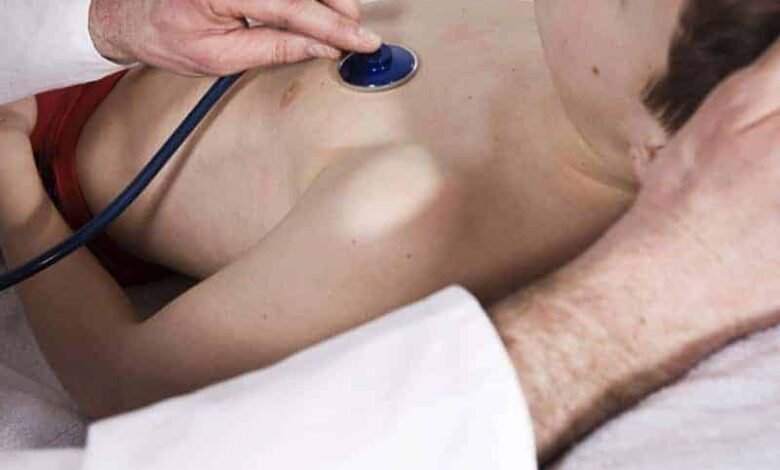What we don’t know about insidious meningitis

Compared to other infections, meningitis is not so common, but this disease is unusually insidious. It mostly affects young people, and children under 5 years of age are most at risk.
Meningitis is inflammation of the brain, which can be caused by both viruses and bacteria, says Dr. Marina Ivanova, head of the Department of Neuroinfections and Organic Pathology of the Nervous System at the Scientific Research Institute of Children’s Infections in St. Petersburg.
When caused by a virus, meningitis is more benign and rarely causes complications. Purulent meningitis of bacterial origin is more severe.
The bacteria that cause meningitis are often found in the nasopharynx of healthy people. A person can feel normal and without suspecting, infect the people around him.
The carrier of the bacteria can also get sick under the influence of a number of unfavorable factors such as stress, cold, overwork, sudden change in climate or other infection.
In the risk group are people who live in big cities, who come into contact with a large number of people. New recruits in the army, as well as first-year students, often get sick. Suppurative meningitis caused by bacteria develops very quickly, literally in a few hours.
Often even doctors cannot help the sick. Therefore, it is important to know the symptoms of meningitis.
In children from 2 to 5 years of age, a high temperature is observed, the child becomes lethargic, sleepy, complains of pain in the head, in the neck, is irritated by loud noise. In 1-year-old children, these symptoms may not be observed, and instead the child may have stomach colic. They are often attributed to teething.
Even for specialists it is difficult to make a diagnosis. The change in crying is also characteristic – it becomes unemotional, monotonous. If usually the child calms down when placed on the mother’s chest, with meningitis it is the exact opposite – it does not allow to be touched.
When these symptoms appear, it is necessary to immediately seek medical help. Any delay could be fatal. The inflammation affects not only the meninges, but also the brain itself – in these cases, the disease develops into meningoencephalitis, which is severe, leads to disability, and even death.
The prognosis for meningitis patients is different – it depends on the form, on immunity, on how quickly medical help is received. In 50% of cases there is a complete recovery. In children who have a neurological pathology or a family burden, complications can occur that lead to paralysis, to the development of epilepsy, even death in younger children. Meningitis can lead to disorders in intellect, memory, attention, and hearing loss.
It is not uncommon for a child to have had meningitis and develop normally, but in the school years problems with learning, social adaptation, hyperactivity and inability to concentrate appear.
Treatment is always complex. When caused by a virus, meningitis is treated with antiviral drugs. Purulent meningitis is treated with antibiotics, just like any bacterial infection.
In order to alleviate the sufferings of the brain, preparations for maintaining brain function are also prescribed in parallel, which improve blood circulation and nourish brain cells. These drugs are taken for some time and after the patient is completely cured.
Since the biochemistry in the brain is restored within 6-18 months after recovery, everyone who has had meningitis is followed by a neurologist for two years, with regular medical examinations. In children who have passed the infection, physical exertion, stormy emotions, strong psychological experiences are limited.
There are no prophylactic methods to prevent meningitis. The only protection against the terrible disease with proven effectiveness is timely vaccination. There are vaccines against meningococcal, haemophilus and pneumococcal infections – they prevent all major types of bacterial meningitis.



